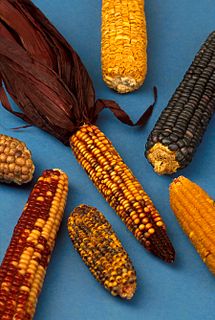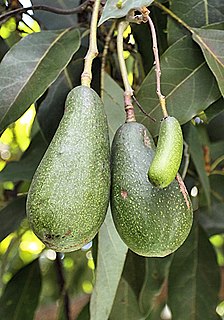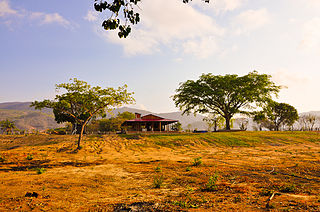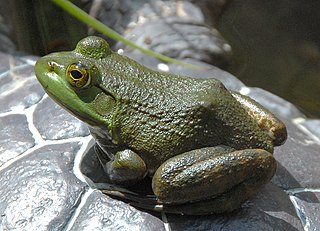 W
WAgriculture in Mexico has been an important sector of the country’s economy historically and politically even though it now accounts for a very small percentage of Mexico’s GDP. Mexico is one of the cradles of agriculture with the Mesoamericans developing domesticated plants such as maize, beans, tomatoes, squash, cotton, vanilla, avocados, cacao, various kinds of spices, and more. Domestic turkeys and Muscovy ducks were the only domesticated fowl in the pre-Hispanic period and small dogs were raised for food. There were no large domesticated animals.
 W
WAgriculture in Mesoamerica dates to the Archaic period of Mesoamerican chronology. At the beginning of the Archaic period, the Early Hunters of the late Pleistocene era led nomadic lifestyles, relying on hunting and gathering for sustenance. However, the nomadic lifestyle that dominated the late Pleistocene and the early Archaic slowly transitioned into a more sedentary lifestyle as the hunter gatherer micro-bands in the region began to cultivate wild plants. The cultivation of these plants provided security to the Mesoamericans, allowing them to increase surplus of "starvation foods" near seasonal camps; this surplus could be utilized when hunting was bad, during times of drought, and when resources were low. The cultivation of plants could have been started purposefully, or by accident. The former could have been done by bringing a wild plant closer to a camp site, or to a frequented area, so it was easier access and collect. The latter could have happened as certain plant seeds were eaten and not fully digested, causing these plants to grow wherever human habitation would take them.
 W
WAvocado production is important to the economy of Mexico with the country being the world's largest producer of the crop. Mexico supplies 45 percent of the international avocado market. Of the 57 avocado producing countries, the other major producers are Dominican Republic, Peru, Colombia, and Indonesia in that order.
 W
WCoffea arabica, also known as the Arabian coffee, is a species of flowering plant in the coffee and madder family Rubiaceae. It is believed to be the first species of coffee to have been cultivated, and is currently the dominant cultivar, representing about 60% of global production. Coffee produced from the robusta bean makes up most of the remaining coffee production. Arabica coffee originates from Ethiopia and was first cultivated in Yemen, and documented by the 12th century. Coffea arabica is called بُنّ in Arabic, borrowed from the Oromo "Buna".
 W
WThe coffee production in Mexico is the world's 8th largest with 252,000 tonnes produced in 2009, and is mainly concentrated to the south central to southern regions of the country. The coffee is mainly arabica, which grows particularly well in the coastal region of Soconusco, Chiapas, near the border of Guatemala.
 W
WAn ejido is an area of communal land used for agriculture in which community members have usufruct rights rather than ownership rights to land, which in Mexico is held by the Mexican state. People awarded ejidos in the modern era farm them individually in parcels and collectively maintain communal holdings with government oversight. Although the system of ejidos was based on an understanding of the preconquest Aztec calpulli and the medieval Spanish ejido, in the twentieth century ejidos are government-controlled.
 W
WInvasive species in Mexico are a major cause of biodiversity loss, altering ecosystems, affecting native species, damaging environmental services and public health, and causing economic losses. An invasive species is one native to a particular area that has been introduced into a new habitat, adapting and altering to suit its new conditions.
 W
WFor several decades, since at least the 1950s, Mexico has been the world's largest producer and exporter of limes, and especially of lime oil.
 W
WThe Sánchez Navarro latifundio (1765-1866) in Mexico was the largest privately owned estate or latifundio in all of Latin America. At its maximum extent, the Sánchez Navarro family owned more than 16,500,000 acres (6,700,000 ha) of land, an area almost as large as the Republic of Ireland and larger than the American state of West Virginia. The Sánchez Navarro latifundio was more than five times the size of the largest ranch, the XIT, in the United States and extended 350 kilometres (220 mi) from north to south. The latifundio was located in the Chihuahuan Desert, mostly in Coahuila, but also in Nuevo Leon, Durango, and Zacatecas.